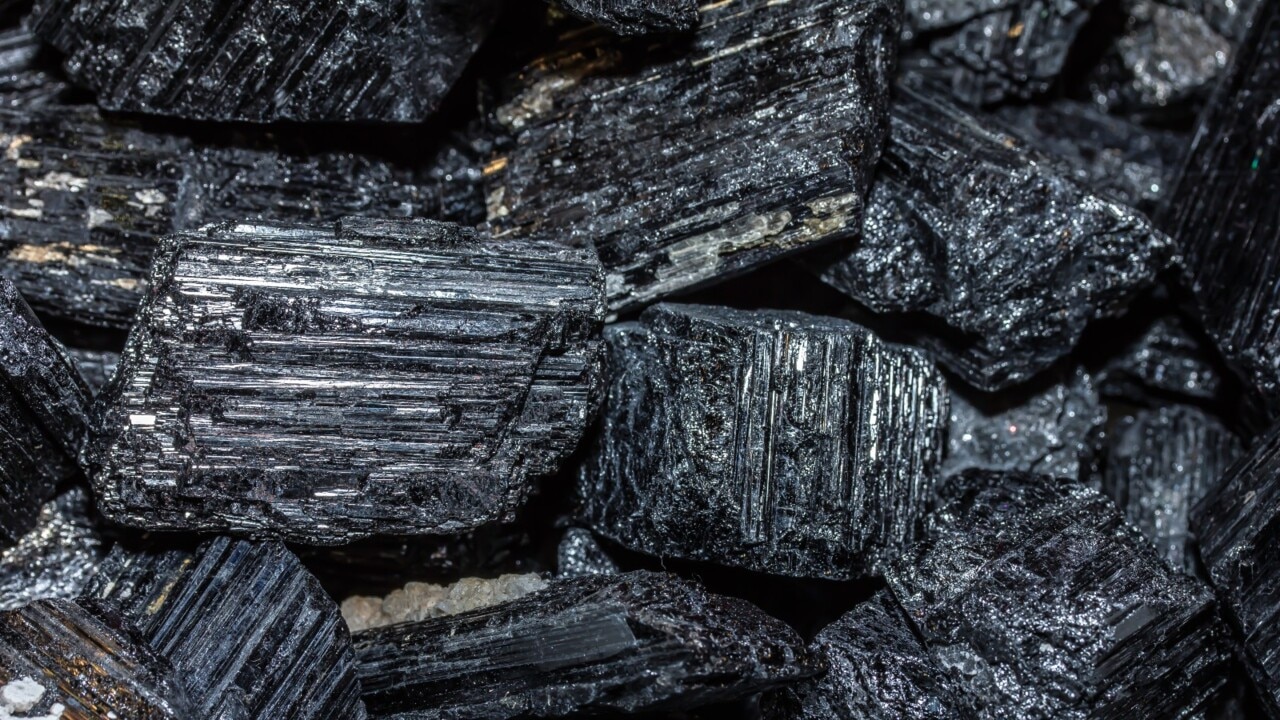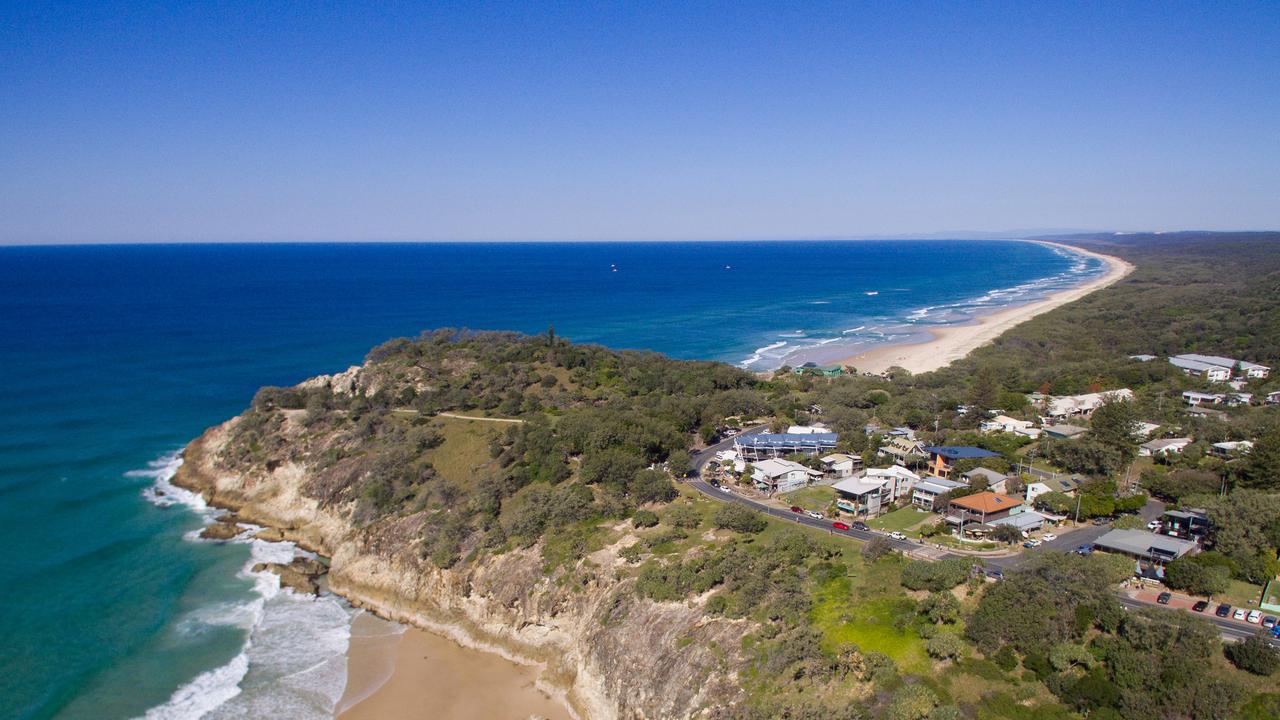Opinion: Australian mining’s crucial role in the transition to net zero
Critical minerals will be central to our transition to net zero. The world needs them, and Australia has them, writes Peter Mayfield.

Opinion
Don't miss out on the headlines from Opinion. Followed categories will be added to My News.
Limiting global average warming to 1.5C by 2100 requires a rapid transformation of global economic and social systems that will leave no country unaffected.
This means a complete transformation of how we power our daily lives and the global economy – an economy which is already rapidly moving towards decarbonisation.
The world’s brightest have come to Brisbane this week with decarbonisation front and centre of their mind.
CSIRO, Australia’s the national science agency, is host of the 26th World Mining Congress and our researchers are presenting technological developments to help us to transition to net zero.
Since 2017 we have released a steady pipeline of road maps, multi-sector modelling and technical analysis on topics ranging from low emission technology, hydrogen, critical minerals, silicon, electricity grid (transgrid) and CO2 utilisation to energy storage. The breadth of this work is deliberate.
This is because nearly a decade’s research has shown no single technology will achieve this transition – rather we will need a coalition of low-emission technologies.
Earlier this year we released the Renewable Energy Storage Roadmap. It maps the mature energy storage technologies that can be deployed today, and those requiring further development to support Australia’s net zero objectives. It also found large investments in energy storage are needed to reach net zero by 2050.
Importantly, it found all forms of energy storage must be considered to meet Australia’s growing demand across multiple sectors.

Critical minerals will be central to this. Australia and the world need them, and Australia has them.
More than half the world’s lithium, about 10 per cent of the world’s nickel, 15 per cent of the world’s manganese, and a significant amount of cobalt, are mined in Australia. We also have a growing rare earths industry. Our graphite industry is about to boom, and there are big plans for vanadium.
Australia is front and centre in the global race for critical minerals as outlined in the recently announced Critical Minerals Strategy. It is fortunate that we are also well-placed in the skills required to find, mine, and process. But that is no longer enough, and this was recognised in the strategy too. We need to build more of the supply chain right here.
There has been much commentary about the vulnerability of supply chains.
Without additional critical minerals supply we’ll struggle to feed new downstream processing facilities needed to build the energy transformation.
Take rooftop solar, wind turbines, and battery storage. Australia has the world’s highest per-capita deployment of rooftop solar, and several mega-projects in the solar development pipeline. We’re developing our wind resources too, and we’ll need batteries and other kinds of storage to keep supply stable.
But our reliance on overseas supply chains is stymieing our potential as a global superpower in clean solar and wind. Despite our immense mineral wealth – we have high-grade quartz to make silicon, rare earths to make wind turbine magnets, and a plethora of battery metals like lithium, cobalt, nickel and vanadium – we export our minerals and buy back our renewable energy needs.
Those supply chains are often bottle-necked and rely on only a handful of companies in a small geographical region. We could start doing more with our critical minerals.

Developing these industries has the potential to provide employment and reskilling opportunities, deliver significant economic benefits by adding value to Australia’s mineral endowment, and expand new industries to regional Australia with the world’s best environmental, social and governance – or ESG – standards.
All while improving Australia’s energy security and independence, and that of like-minded trading partners.
The rapid and extensive change to our energy system can be challenging for both local communities and the wider public.
The transition will require new infrastructure to generate, store and transmit energy, like new transmission lines, solar fields, wind farms and energy storage capacity.
It will also require the exploration and extraction of critical minerals – the building blocks of these downstream technologies that will underpin decarbonisation. Many see opportunities, while others see risks.
We need to understand how Australians think about renewable energy technologies, related infrastructure, and their expectations as our energy system transforms.
This will be especially important given the nature of this transformation is likely to change over coming years, including the way Australian households engage with the energy system as users and potential energy asset holders. It requires a coalition of technologies, and harnessing Australia’s wealth of critical minerals for Australia and the world.
Our challenge is to achieve this in a way that generates not just economic benefit and stability, but enduring societal and environmental value.
Dr Peter Mayfield is CSIRO executive director (environment, energy and resources)




